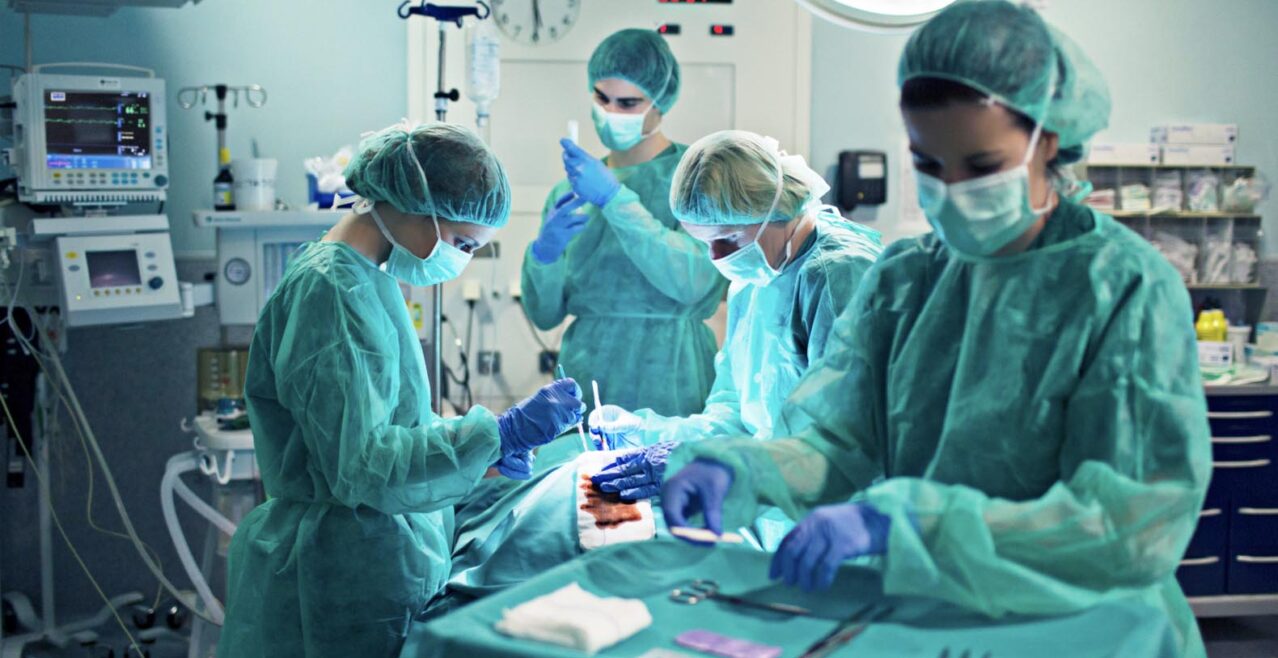Spinal Surgeries
The spine is designed and placed very accurately when it comes to the amount of space it uses to fulfill its job. The spinal cord and the thousands of nerves that attach to it fit tightly in the spaces between the bones which make up the spine, but it brings lots of problems with it. Let’s look at different spinal surgery types, their symptoms and treatments.
Cervical Disc Surgery
If you have a feeling in your neck that puts pressure on your spinal nerves or cord, your doctor may recommend an anterior cervical fusion, and discectomy.
Over time, your cervical spine may evolve problems, such as a herniated or ruptured disc, bulging disc, or bony growths on your vertebrae called bone spurs.
With the cervical disc surgery, the damaged disc will be exposed and removed to relieve the patient.
Lumbar Disc Surgery
A lumbar disc is an incision made just off the midline in the back. Care is taken to preserve the posterior spinous ligaments, and minimize stripping of the multifidus muscle attachments.
Muscles are gently retracted to allow visualization of the bony covering or lamina in the ligament that covers the spinal canal or the ligament flavour, and damaging nerves are removed.
For the properly selected patients, the success rate is greater than 90%. Most can resume normal activities within a few months after the lumbar disc surgery.
Cervical Spinal Stenosis Surgery
A part of the cervical spine or neck that is important is the uncovertebral joint and that is the little triangular outcropping of bone. As we get older, that point starts to enlarge and push against and creates spur.
The spur can compress a nerve root and it’s quite a common problem for patients with neck shoulder and arm pain. The nerve on your neck is quite narrowed because of those bone spurs and with cervical tight canal surgery, it can be removed.
Lumbar Spinal Stenosis Surgery
Lumbar spinal stenosis is the swelling of the spinal canal that causes discs to bulge, pinched nerves and pulled ligaments. Degeneration or age-related wear and tear on the parts of the spine can result in bulging discs.
The symptoms of lumbar spinal stenosis are caused by a squeezing of the nerve root, mostly it can be felt on the legs. If your symptoms become severe, with lumbar spinal stenosis surgery, it can be treated.
Congenital Anomalies Surgery (Tethered Cord, Spina Bifida, Myelomeningocele)
Congenital anomalies encompass a range of abnormalities affecting the structure and function of different organs. It can often occur together in patterns. Anomalies can be classified as tethered cord, spina bifida, and myelomeningocele.
Surgery for tethered cord aims to prevent irreversible damage to the patient’s nerves and lower body functions reduced long-term risks and improve any symptoms the patient may already be experiencing.
Spina bifida is a childbirth flow where the backbone doesn’t close completely. It is a condition that develops during the first weeks of pregnancy when the bones around the spinal cord don’t join together properly. The condition can affect brain development.
Myelomeningocele is the most severe form of spina bifida, a birth defect affecting the spinal canal. It occurs when a baby’s spine, spinal cord and spinal canal don’t close as they normally do, but it can be surgically repaired in utero.
Spinal Instability Surgery
The control of how far the bones can twist, turn, and bend is this concept of spinal stability but with excessive movements of bones on top of each other, there’s potential for damage and pain, because the nerve signals are compromised or no longer transmitted.
In the neck, if one vertebral bone slips forward more than 3.5 millimetres on flexion and extension views, that is considered unstable. Treatment may include spinal instability surgery to prevent further complaints.
Spinal Tumour Surgery
The spine is a very tough piece of machinery surrounding some of the most delicate structures in your body, and it’s so easy to have problems. So, when there is unexpected cell growth in the area because of tumours, it can be very disruptive.
Tumours push on the nerve tissue causing a range of symptoms from minor aches and discomfort to debilitating pain. If the tumour is large enough or in an area that is causing a significant neurologic deficit, then the doctors typically make spinal tumour surgery to relieve the patient.
Vertebroplasty
Vertebroplasty is one of the most effective pain relieving treatments for elderly patients suffering from osteoporotic compression fractures. Vertebroplasty is a non-surgical procedure in which, two hollow needles are put through the pedicles into the fractured vertebral body and bone cement is injected.
Medical Zone Istanbul
Make an Appointment!
You can make an appointment from the form below or ask your questions!

